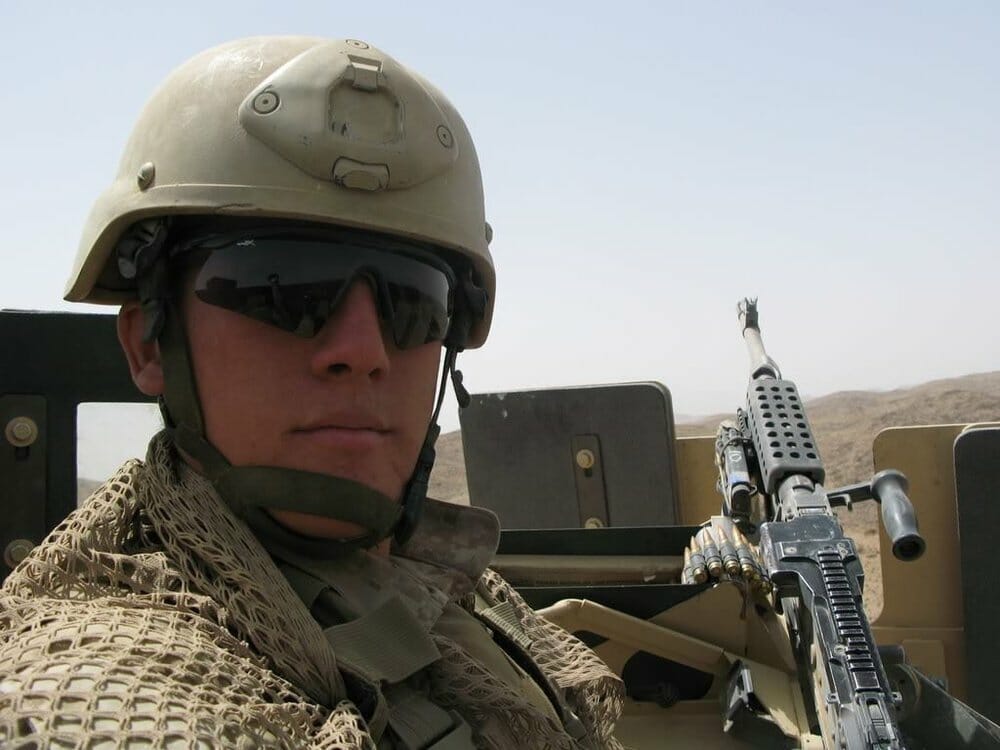

22 Jumps
The first time I watched my brother Kiernan BASE jump, I was mesmerized. Jumping off a cliff with a parachute looked like it was the most fun thing in the world, and I was confident that if Kiernan and I had BASE as a common passion, we could begin to heal together.
MILITARY IS THE FAMILY BUSINESS
In November 2006, Kiernan and I were on opposite ends of the world. I was at Combined Arms Exercise (CAX) in Twenty-Nine Palms preparing for another deployment while he was in Al Anbar, beginning combat operations on his first. It was then, after finishing up a day on the sniper range, that I received a call that my brother had been injured and was being medevac’d to Ramstein Air Base — a sobering phrase for any military family of the past 20 years.
After 24 hours with little information, I received word that he was in Germany and stable. Kiernan had been caught in the backblast of a LAW rocket and took the brunt of the cone to the side of his face. He suffered extensive burns, lacerations, fragmentation, broken facial bones, and brain swelling. Relieved that he was likely to survive, I told both my mother and my command that I would make the necessary arrangements to see him.
It was then that I got my first taste of the complexity to come: Kiernan had forcefully requested that he did not want anyone to visit him, specifically his family.
Despite my protests, both my mother and command told me that they would honor his request. With that, I went on my last deployment while Kiernan recovered in Brooke Army Medical Center and Walter Reed Medical Center — the same hospital where I was born. This caused my absence from his entire recovery, and I could already sense a fraying of our relationship.
TRAUMATIC BRAIN INJURY CHANGED HIM
Being close in age and obsessively competitive, we had always had a strong thread of sibling rivalry between us, but as kids, we had been inseparable. Our parents were both career Coast Guardsmen which involved lots of moving (by our count, we had attended 10 different schools between K – 12). This made developing long-term friendships with classmates or neighborhood kids nearly impossible, but we never felt deprived. We were each other’s best friends and did everything together: GI Joes, sports, college, fraternity, and the United States Marine Corps.
After his injury, however, our rivalry began to mutate into something much darker.
Following that last deployment, I separated from the Marine Corps. I went back to college, while Kiernan successfully fought a medical separation (Med Sep) in order to become a Raider and do a final deployment in the newly established 1st Marine Special Operations Battalion.
In 2010, 3.5 years after his injury and 1.5 years after returning from his final deployment, he called me and said he wanted to transfer to the same college I was attending and live together. I quickly weighed this information as I knew Kiernan was having difficulties in his current living situation, but ultimately, I was elated and told him yes. Up until then, we had been getting along well enough, but attending different universities meant we were spending lots of time apart. I saw this as an excellent opportunity to share the same space, swap stories, laugh, connect, and become close again.
I could not have been more wrong. Within a week of him moving in with me, I was hospitalized, and Kiernan was in handcuffs.
This event marked the beginning of a yearslong deterioration in our relationship, punctuated with further acts of violence against me and threats of violence against himself. Despite the volatility, I continued to look for opportunities to support and be close to him. Nothing worked, not even following him into BASE jumping. His mercurialness and violent tendencies grew in both frequency and severity. Eventually, I wanted to escape what I felt was an impossible situation and began looking for security contracting jobs overseas as I approached the end of my undergraduate studies.
SUICIDE & REGRET
It was while I was preparing to attend the vetting course for a contracting job with the US Department of State that I saw my brother in person for the last time. Our interaction was brief, but I gave him a big bear hug the moment I saw him and held him close for several seconds. Once I released him, I told him that I loved him but that I was going to be gone for a few years and that I thought we needed to spend some time apart. Kiernan did not say anything, but I noticed his eyes well up with tears. Undeterred in my decision to leave, I walked away from him. That moment haunts me and is my greatest regret.
Over the next four years, I lived full-time in Afghanistan, during which Kiernan and I talked sporadically. I congratulated him on graduating undergrad and grad school but otherwise kept my distance. I felt like I was justified in leaving and that I held the moral high ground in insisting Kiernan apologize for his behavior during the previous years before we resumed regularly communicating again. That was the state of our relationship when, in November 2015, 9 years nearly to the day of his injury, that my mother called me again. This time it was to tell me that Kiernan had taken his own life.
To say that I took my brother’s death poorly would be an understatement. Kiernan wasn’t just my brother; he was my lifelong best friend, “external hard drive”, and fellow marine.
The first couple of years following Kiernan’s death was a dangerous time for me. It was the first time I had dealt with that kind of intense sadness and persistent depression and I was grasping at anything and everything I thought would make the pain go away.
CALL TO ACTION
Through all of that pain and sadness, the one thing that consistently brought me satisfaction was BASE jumping. During the jumping process, the sport didn’t afford me the opportunity to be distracted by my brother’s death. For each jump, I needed to be fully present in order to focus on checking and packing my gear, make it to the top of an object, judge conditions correctly, and successfully pilot my parachute. BASE jumping gave me something to focus on when everything else was in disarray. This is why my connection to BASE is stronger today than at any time before; it helped me get through the most difficult time in my life.
The fact that my brother inspired me into the sport, and the connection I developed with it in the wake of his death, is why doing 22 BASE jumps as a fundraiser is a perfect way to honor him. During those jumps, I fly his gear and carry his ashes. It’s when I feel most connected to him and has become my way to bring awareness to traumatic brain injuries and veteran suicides.
I spent a great deal of time and effort after separating from the Marine Corps to distance myself from that organization as well as my association with it. However, following the suicide of my brother, a former recon marine and Raider, I have found a call to action within the veteran community. His struggles, and those of marines in my former battalion, have motivated me to partner with organizations that see the rate of veteran suicide as incompatible with a thriving society and are doing the challenging work of ensuring healthy outcomes for veterans transitioning into a rapidly changing world.
I believe the work Heroic Hearts is doing is a part of the mosaic of solutions needed to change the current narrative of veteran suicides, and I am honored to assist HHP in its effort by providing grants to select veterans who would benefit from the work they do — just as HHP has helped me. To that end, we are hosting our Second Annual 22 Jumps event in Twin Falls, ID over the upcoming Memorial Day weekend. Three jumpers representing the Army, Air Force, and Veterans Affairs, respectively, will do 22 BASE jumps apiece to raise money for developing solutions for traumatic brain injuries and their associated impacts on mental health. 22 Jumps is our way to put a dent in the unacceptable rate of veteran suicide and, by extension, improve the lives of those in the wider community whose lives are irreparably altered by the phenomenon.
Next Post
Seeking Relief
Previous Post
Matt’s Story – On the Trail Back to Self
